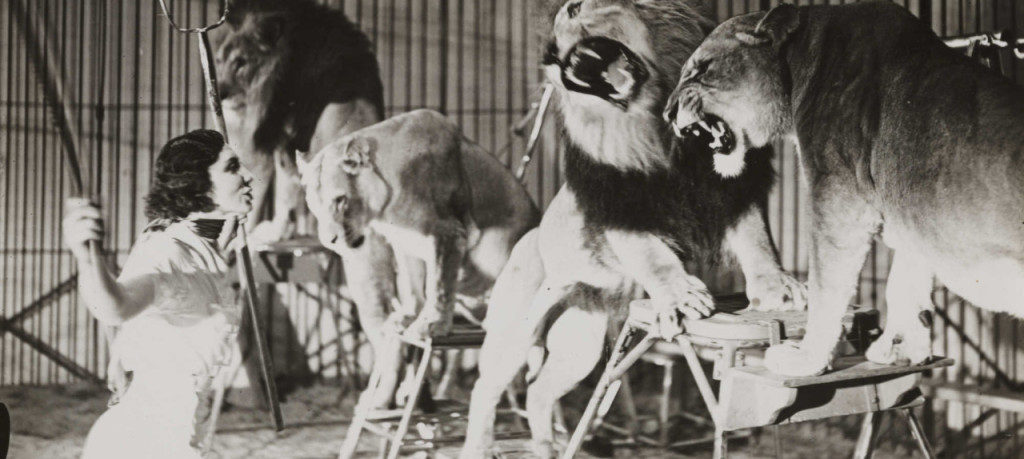
In the creative services world there are generally two types of personalities, both equally valuable and essential to the ecosystem of our industry; business principals and creative talent. In the freelance world these roles combine and sometimes collide. In the small business world these roles blend together, but eventually start to find some separation as a company grows.
In my past, I’ve spent time in each one of these roles as a participant in this industry; employee, freelancer, and business owner. I’ve learned how each role contributes to producing great work.
For those of you drawn to the direction of starting and growing a creative business, this post is for you. There’s lots to consider when you decide to grow a business beyond yourself and take the leap from being an employee or a freelancer being fed funnel work from a larger agency or partner.

1. Find and acquire work regularly.
I’ve got a bit of news for you. If you aren’t working for an employer, you are working for multiple employers (read: clients). These clients (likely) will not flock to you with arms reaching forward, gripping wads of cash.
You will have to find and win your jobs.
Be prepared to spend 40%-50% of your time communicating with potential clients. This will include incoming lead follow-ups, external job bidding, pre-proposal communication, proposal writing, and closing.
Remember this is time well spent, but mostly remember this is up to you. By winning jobs and closing proposals, you are spending time generating income even if you aren’t actively producing creative work.
Some people enjoy the hunt, others – not so much. (I wasn’t one of them.) Join networking groups. Browse job boards. Go to industry meetups. Hand out business cards.
I write this as the first suggestion not only because it comes first in the process, but it is the last thing anyone thinks about before making the leap to freelancing or starting a business.

2. Know the value of the work being done.
One thing that is terribly hard for newcomers to the self-employment sector is putting a price on the time you spend working each day. Notice I didn’t write “producing work” there.
“Work” as you know it, being an employee, is physically completing the production tasks assigned to you on a daily basis.
Self-employed “work” is the combination of all the time you spend each day on business development, client communication, and actual creative production. Don’t forget you’ll be paying for your own benefits (Health Insurance, Dental Insurance, Retirement, & Self-Employment tax [for you U.S. citizens] of 6.5% on top of the normal tax rate).
Many potential clients will not realize that the hourly rate you propose includes this time and these benefits (part of any employment situation). While you may end up deciding on a lower hourly rate than some of your established peers boast about, you will be able to slowly raise that rate once you’ve found yourself established in the industry or your area.
If you make the jump from freelancing to small business growth you will start to understand how hourly rates can become so high; office space, workflow tools, payroll, benefits, etc. spread across multiple team members.

3. Manage client projects from start to finish.
Early on in a freelance operation you will find there is a lot of client communication. Things that a project manager or owner at a former job may have taken care of or “filtered” before it reached you.
Each client will have different requirements, personalities, and work habits. It will be a roller coaster of inconsistency that will require your work to overcome each challenge. There are a few things to remember as you talk with clients before, during, and after projects.
The client does not know your industry and needs a guide in this process. That’s you.
The client does not have a creative eye (or they wouldn’t have hired you), but they do have an idea of what they need. Find a way to combine those powers for good. Educate them on your design decisions and listen and learn about their needs. It will improve the final product overall. (Unfortunately, you may have to give in to bad design, just leave it out of your portfolio if that’s the case.)
The client will, after the project, become an advertising tool for you. Word-of-mouth is the name of the game when growing a small business. Treat them fairly, well, and give them what they want with your creative touch added in.

4. Continue communicating with past & current clients.
Clients will not only be an advertising tool for you, they could actually become part of the foundation of your business.
I will stop shy of saying the majority of clients fall into this description, but generally most clients aren’t aware of the extent of the services they really need. They only know what they want right now.
There are two ways to turn a project work client into a recurring client:
- Create an “on-boarding” process where you have a list of questions to ask a client during the sales process or pre-project process. Doing this indirectly brings to light a list of creative assets they still need that may not be a part of your current project discussions. This will get them thinking about new projects as they work with you.
- Do good work for them. It’s 100% more likely that you will get another project with a client if you fulfill their needs, produce great work, and gracefully move them through a successful project. This may not result in retainer work, but recurring work is just as valuable early on for business’ growth.

5. Come to terms with drifting away from creative production.
If you are one of the masochists that decides to grow your business beyond yourself, this last reminder will be somewhat depressing…
You will slowly start to be phased out of the actual creative production process.
There are some tasks, that with growth, fall onto the owner’s shoulders until the “bottom line” (ugh) allows for administrative payroll options such as a sales position, HR position, & accounting position. It’s the reality of running a business.
I know, it sucks, but there are actually some up-sides to this. You are building and shaping your own world. This is empowering and gives you an opportunity to create a special place for creative talent to join and be a part a part of. The principles you adapted when freelancing can still be applied. Great client communication. Great work. Great talent.
Ultimately, someone needs to be the leader and take on the bulk of these tasks. You’ve positioned yourself to be here, embrace it and as you grow, hire others to help you.
5b. Don’t lose touch with your talent and inspiration.
Keep up with current creative trends, whether it’s design or production related. You will still be called upon in certain situations to critique, cover for, or step-in on important project work. It also keeps you fresh and keeps you interested in the industry that you’ve decided to compete within.
Don’t lose your inspiration. Business aside, this is why you do what you do.
